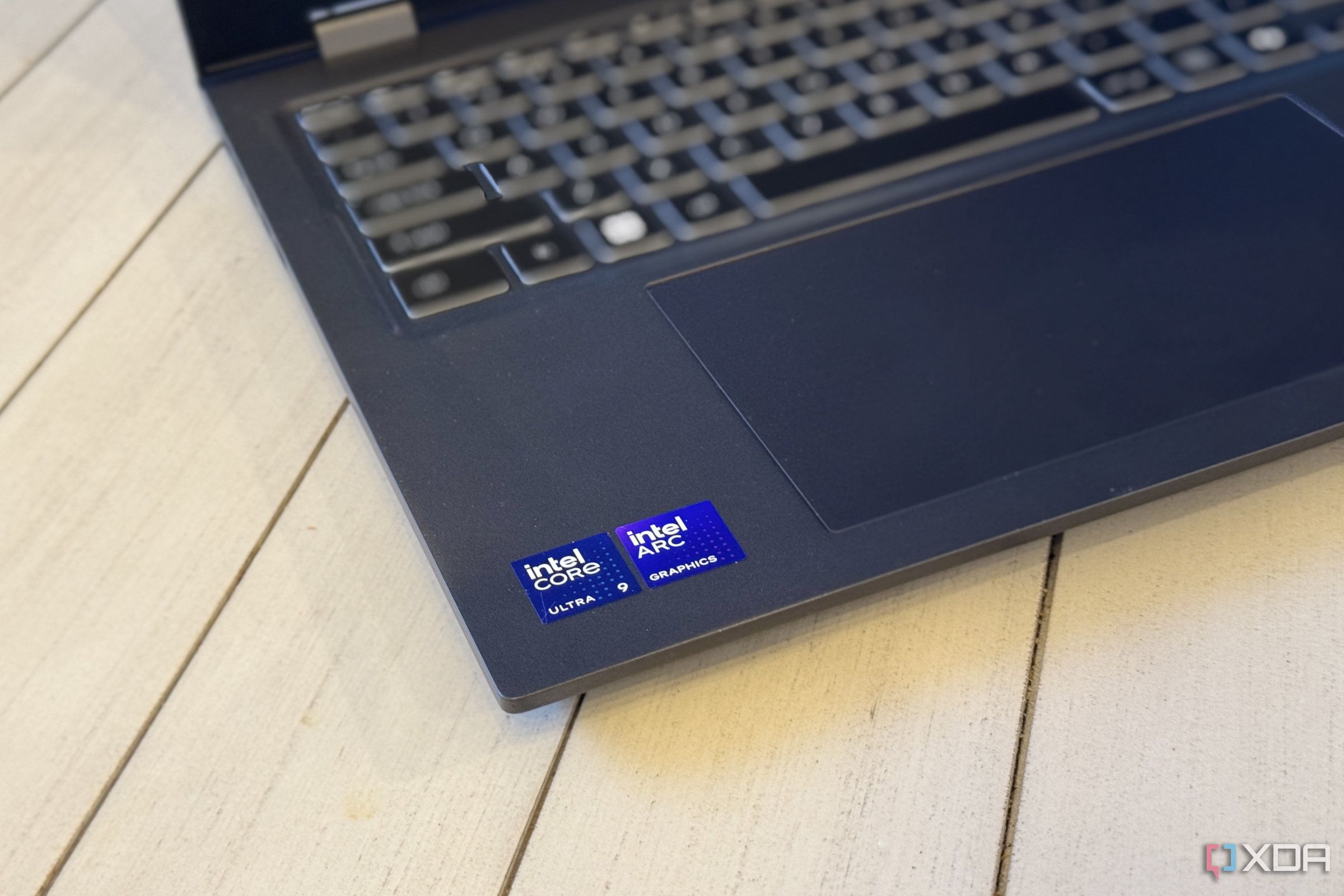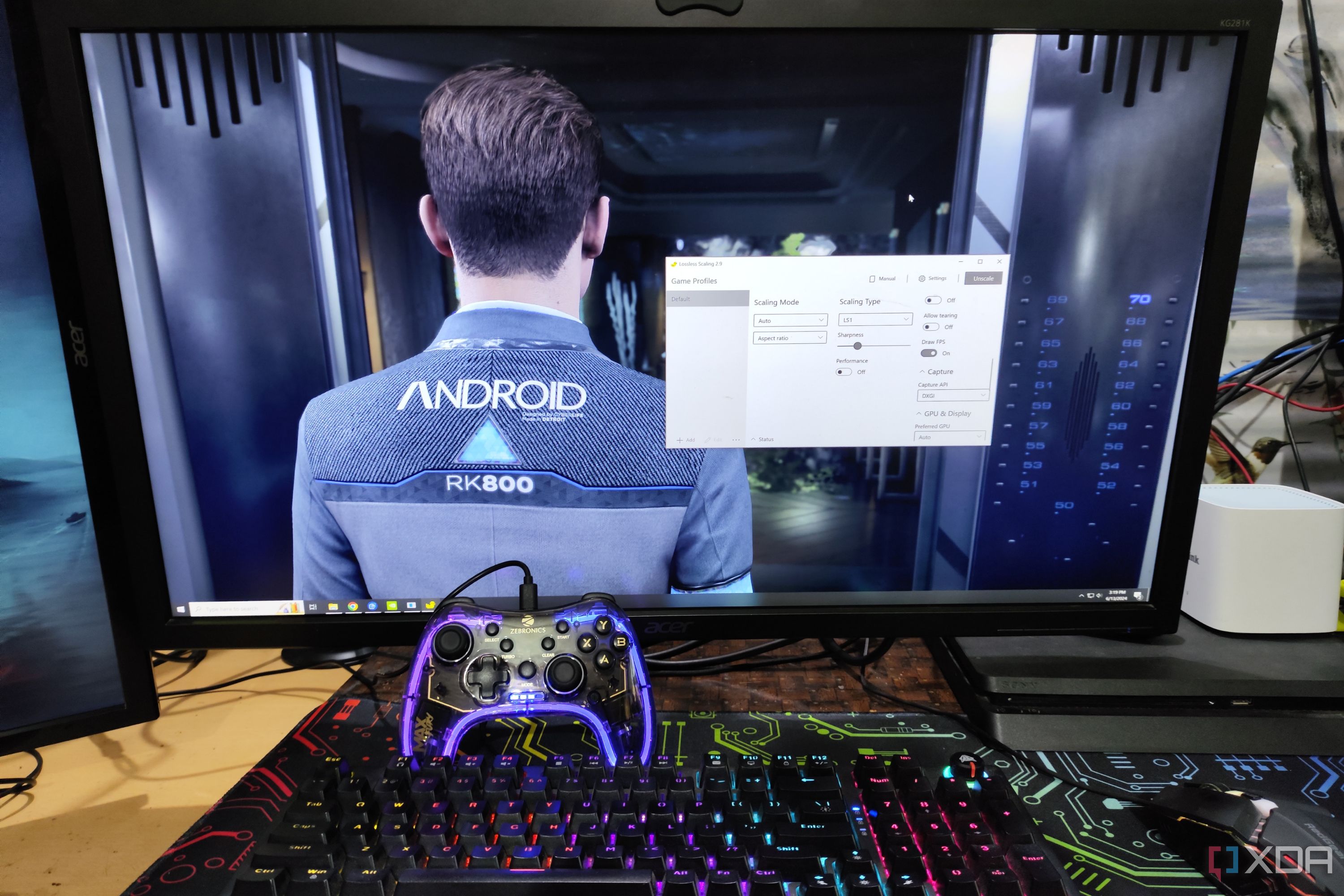We’re all waiting for the next GTX 1660 Super or RX 580. Since the release of Nvidia’s RTX GPUs, there’s been a hole in the market for a great value GPU; a workhorse that can deliver 60 frames per second (fps) at 1080p for around $200. We haven’t seen that over the past several generations, and releases like Nvidia’s RTX 3050 and AMD’s RX 6500 XT didn’t do much to change that story.
The era of one or two go-to GPUs for cash-strapped gamers is gone, but budget PC gaming is alive and well. Today, it just looks a little different from how it used to.
A great budget GPU wouldn’t stand a chance today
Be careful what you wish for
We all want an affordable, widely available GPU that can hold up to the latest games and provide an experience that outclasses consoles. That idea is detached from the reality of the GPU market today, though. If we did see a great value GPU that delivers the goods to budget PC gamers, it would sell out immediately, and scalpers would quickly capitalize, buying up all the stock and controling the market. That’s not speculation on my part, either. That’s reality.
How do I know? We have a recent example. Intel’s Arc B580 felt like a new beginning for graphics cards that deliver exceptional value. Coming in at $250 with adequate VRAM and enough power to reach up to 1440p, it was the workhorse GPU that PC gamers had been begging for. It’s been over four months since the Arc B580 was released, and it has yet to be restocked at retailers. And where you can find it, you can expect to spend close to $500.
And yet, you can go on eBay right now and find dozens of listings for Nvidia’s RTX 3070 Ti for around $300. You’ll find even more listings around that price for AMD’s RX 6700 XT. Both are more powerful than the Arc B580. The next era of budget GPUs isn’t about waiting around for Nvidia, AMD, or Intel to deliver the goods. It’s become obvious that they’re not interested in GPUs below sub-$300 price points, and even if they were, we’d probably be in a situation like we are now with the Arc B580. The shortcut is buying up the stack from an older generation.
It’s not ideal. Newer graphics cards from AMD handle ray tracing better, while cards from the RX 6000 can barely enable ray tracing. And Nvidia’s RTX 30-series GPUs are solid, but they don’t have access to DLSS Frame Generation, let alone Multi-Frame Generation (MFG) that’s available on the latest Blackwell GPUs. But that’s your best bet today if you want to get the best bang for your buck. Nvidia and AMD certainly aren’t going to hand that over on a silver platter.

Related
We tested it: iGPUs are good, actually
The integrated graphics in your laptop has a lot more power than you give it credit for.
Thankfully, there have been major advancements outside discrete GPUs, as well. Over the past year or so, there’s been a ton of competition in the world of integrated graphics, as Intel and AMD battle to keep Qualcomm at bay. There has also been a rise in high-power SoCs for handhelds like the Steam Deck and ROG Ally, and there are glimmers of hope for Big Chip designs in the future, which AMD is experimenting with in the form of its Ryzen AI Max+ chips right now.
The era of great value GPUs may be dead, but budget PC gaming is better than it has ever been. It looks a bit different, and you need to get your hands dirty. But the gaming experience you can achieve on a budget today far outclasses what you could get with a workhorse GPU a decade ago.

Related
Intel’s Arc B580 is great for budget gamers, except for one major flaw
Budget GPUs seemingly have a champion in the Arc B580, if only it didn’t tank with budget CPUs.
Software solutions to hardware problems
Break the performance barrier
There have been a ton of advancements on the software side of PC gaming over the past several years. You could argue that features like upscaling and frame generation are bad for PC gaming overall, and you might have a point in some cases. However, there’s no arguing that software features have enabled weaker hardware to play games. That wasn’t possible before.
Even looking back a few years at the mythologized GTX 1660 Super, it wasn’t able to maintain 45 fps at 1080p in Metro Exodus. And, that’s it. You get 45 fps, no upscaling, no frame generation, no anything to increase your performance besides turning down your graphics settings. And in games today, turning down your graphics settings might not even be enough to get into the 60 fps range with that card. The much-maligned RTX 3050 manages 70 fps in that game and can easily achieve triple digits with DLSS.
Years ago, the difference between two GPUs was playable and unplayable performance in games. Today, even the weakest hardware can achieve playable performance if you’re willing to make enough compromises on visual quality. Consider this. You can play Final Fantasy VII Rebirth on the Steam Deck. That’s an open-world, AAA RPG that’s exclusive to the PS5 that you can play on a handheld that costs $400. Criticize features like DLSS, FSR, and frame generation all you want, but that wouldn’t be possible otherwise.

Related
The 7 best games you didn’t know you could play on the Steam Deck
These games aren’t just playable—they deliver an excellent experience on Valve’s Steam Deck.
Increasing support to bring GPUs up to par
DLSS isn’t the only player in town
There’s been an effort to lock off software-level features that boost your performance, largely from Nvidia. Not only is DLSS exclusive to RTX GPUs, you now have Frame Generation for only RTX 40-series GPUs and MFG only for RTX 50-series GPUs. But thankfully, there’s been pressure from AMD that’s forced Nvidia to broaden support for its features, and tools like Lossless Scaling are stepping in to fill the gap elsewhere.
Between FSR, Radeon Super Resolution, AMD Fluid Motion Frames, Nvidia Smooth Motion, Nvidia Image Scaling, and Lossless Scaling, you can use upscaling and frame generation in nearly any game on nearly any GPU. It doesn’t look as good as DLSS 4 or FSR 4, and if you’re not careful, you can run into issues with visual artifacts. But you have a ton of options to improve your performance beyond what your hardware is capable of.
Budget PC gaming isn’t dead, but it looks different
With software features and shopping around for higher-end GPUs that are a generation or two old, you can come out with a fantastic gaming experience without spending much money. It’s not perfect, and you’ll run into some performance walls, but the same was true of the great value GPUs of yesteryear, regardless of how much the mythology surrounding them grows.












